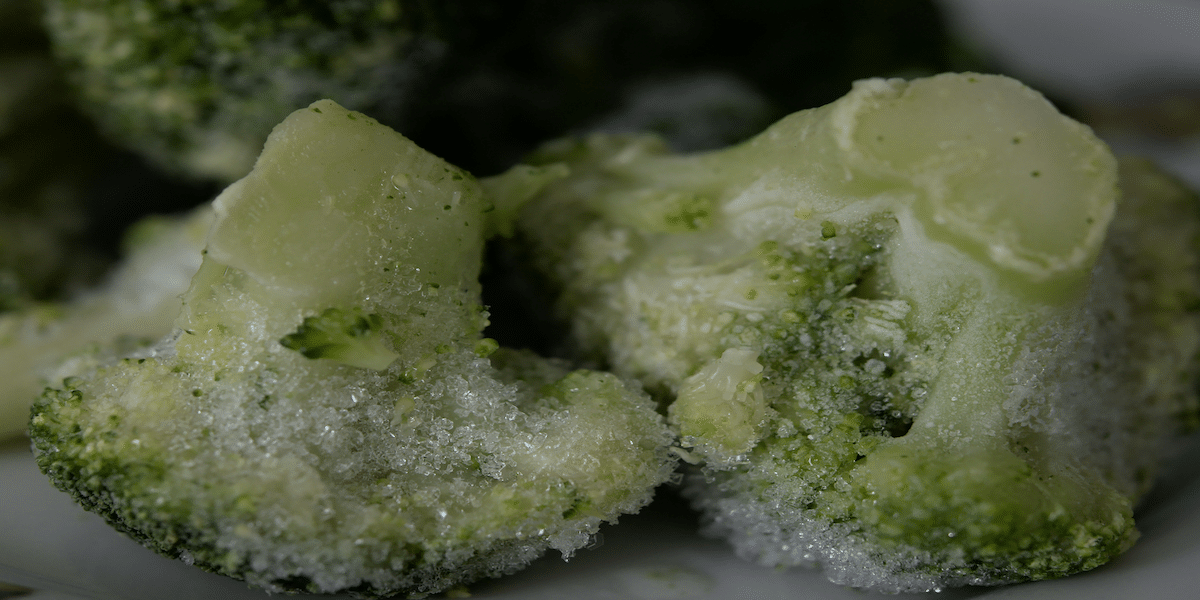Image commercially licensed from Unsplash
Freeze drying, also known as lyophilization, is an advanced food preservation method that retains nutritional value, flavor, color, and texture much better than traditional drying or freezing methods. The process involves freezing the food and then reducing the surrounding pressure to allow the frozen water in the food to sublimate directly from ice to vapor. Freeze-drying is a great way to preserve herbs, fruits, vegetables, and even full meals. Here’s how to freeze dry food and herbs properly.
1. Selection and Preparation
- Herbs: Begin with fresh herbs, preferably harvested in the morning after the dew has evaporated. Remove any dead or yellowed leaves and rinse the herbs gently to remove dirt and insects. Pat them dry with a soft cloth.
- Foods: Fruits like strawberries, apples, and peaches, as well as vegetables like bell peppers, onions, and carrots, are popular choices. Use ripe but not overripe products. Wash, peel (if necessary), and cut them into uniform sizes to ensure even freeze-drying.
2. Pre-Freezing
Before the freeze-drying process begins, the food must be flash-frozen. This rapid freezing reduces the size of ice crystals and helps maintain cellular structure.
- Place the food items on trays or baking sheets, ensuring they don’t touch.
- Freeze the trays for several hours or overnight in a deep freezer.
3. Freeze Drying Process
If you’re serious about freeze drying, investing in a home freeze dryer is a good idea. They can be pricey, but if you use it regularly, it can pay off in preserved food.
- Positioning: Spread your pre-frozen food on the freeze-dryer trays. Make sure the pieces don’t overlap.
- Run the Freeze Dryer: Each home freeze dryer will have its own procedures, so follow the manufacturer’s instructions. In general, the machine will first freeze the items further. Next, the machine creates a powerful vacuum around the food. Finally, the freeze dryer will gently warm the food, causing the ice inside to sublimate into water vapor. This process can take between 20 to 40 hours, depending on the type and amount of food.
4. Testing For Dryness
Ensuring your food is adequately dried is crucial for long-term storage.
- Herbs: They should be brittle and break easily. If they bend without breaking, they’re not dry enough.
- Foods: Press your finger into a piece. If it leaves an indentation, there’s still moisture, and you need to continue the freeze-drying process.
5. Storing Your Freeze-Dried Foods
Once you’ve confirmed that your food items are adequately dried:
- Package Immediately: Exposure to air can decrease the shelf life of freeze-dried products. Use vacuum-sealed bags, mason jars with oxygen absorbers, or mylar bags for optimal storage.
- Label and Date: Always remember to label and date your storage containers. Though freeze-dried food can last for years, it’s essential to rotate your stock to ensure freshness.
- Storage Location: Choose a cool, dark, and dry place. Avoid areas where the temperature fluctuates, as this can reduce the food’s shelf life.
6. Rehydrating Your Food
To bring your freeze-dried food back to life:
- Water Ratio: Typically, a 1:1 water-to-food ratio works for most items. Some dense foods like carrots might require a bit more.
- Soaking Time: Fruits may rehydrate within 20-30 minutes, while vegetables and meats might take an hour or longer. Herbs can be tossed directly into dishes without rehydration.
Benefits of Freeze Drying
1. Nutritional Integrity: Unlike traditional drying or canning methods, which often involve heat, freeze drying retains almost all of the original nutrients, including vitamins, minerals, and enzymes.
2. Extended Shelf Life: Freeze-dried foods can last for years, sometimes decades if properly stored. This long shelf life makes it an invaluable method for preserving foods for emergency preparedness or long-term storage.
3. Preservation of Appearance and Taste: Not only does freeze-drying maintain the original flavor and aroma of foods, but it also preserves their natural color and shape. This is particularly important in the culinary world, where presentation matters.
4. Reduced Weight: By removing the water content, freeze-dried foods are significantly lighter, which is beneficial for backpacking, camping, or space travel, where every ounce matters.
5. No Preservatives Needed: The process of freeze-drying naturally preserves the food, so there’s no need for added preservatives or chemicals.
6. Rehydration Ease: Freeze-dried foods rehydrate rapidly and efficiently, regaining their original texture and moisture content.
Types of Freeze Dryers
The world of freeze drying is vast, and as its applications have expanded, different types of freeze dryers have been developed.
1. Batch Freeze Dryers: These are the most common type, especially in research laboratories. In these systems, all processes (freezing, primary drying, and secondary drying) occur in a single chamber. They are more suitable for small to medium-sized batches.
2. Continuous Freeze Dryers: As the name suggests, these are designed for continuous operation. They are mainly used in large-scale production, especially in the pharmaceutical industry. These systems often comprise multiple chambers, with each chamber dedicated to a specific phase of the process.
3. Manifold Freeze Dryers: These are typically used for small-volume applications. In manifold dryers, samples are frozen separately (usually in a freezer or on a shelf) and then attached to the dryer’s manifold system for drying.
4. Rotary Freeze Dryers: In these systems, the material is frozen and then placed in a rotating drum. As the drum rotates, it allows for more efficient sublimation of the ice, speeding up the drying process. These are often used for industrial applications where larger volumes of liquid or slurry need to be freeze-dried.
5. Home Freeze Dryers: With the rising popularity of freeze drying, manufacturers have developed smaller, more compact freeze dryers tailored for home use. These allow consumers to preserve their home-cooked meals, garden produce, or even make freeze-dried snacks.
Conclusion
Freeze drying may seem like a complicated or high-tech process, but with a bit of practice and patience, it’s an invaluable skill for those looking to preserve their food. Whether you’re a gardener with an abundant harvest, a backpacker looking for lightweight food options, or someone preparing for future uncertainties, knowing how to freeze dry food and herbs properly can serve you well.
Get more information: Does Freeze Drying Kill Bacteria?

















